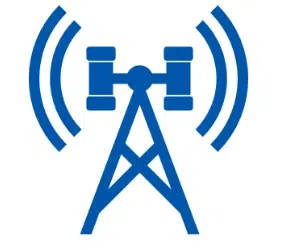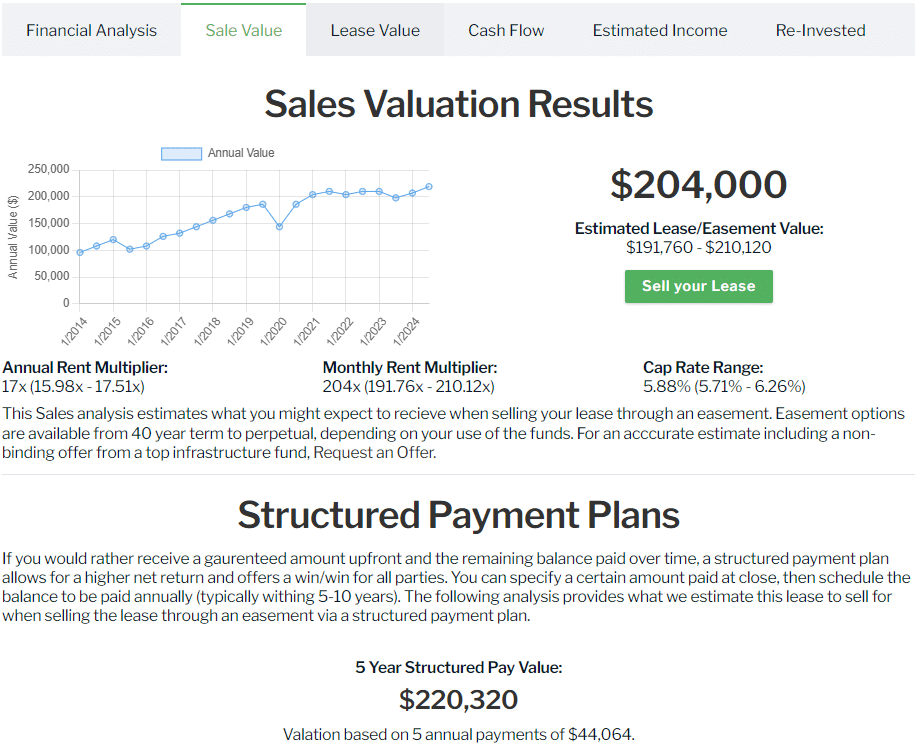When you sell a lease or easement through a 30 year to perpetual term, you can 1031 exchange those funds into purchasing additional real estate through a 1031 exchange.
Exchanging utility infrastructure leases, such as Cell Towers, Data Centers, Distributed Antenna Systems (DAS), Edge Computing, Fiber Optics, Rooftop Antennas, Small Cells, Energy Storage, Solar Farms, Wind Turbines, Billboards, and EV Charging Stations, represent a lucrative opportunity for property owners to earn a steady income. When selling an easement, these funds are subject to capital gains taxes upon sale, which can significantly diminish the profits. A 1031 exchange presents a strategy for property owners to reinvest their utility infrastructure easement funds into real estate, thereby deferring capital gains taxes.
What is a 1031 Exchange for Utility Infrastructure Easement?
A 1031 exchange, also known as a like-kind exchange, is a tax-deferred transaction allowing property owners to swap one investment property for another of like-kind without incurring capital gains taxes at the time of the exchange. To be eligible for a 1031 exchange, both the relinquished and replacement properties must be held for investment or used in a trade or business. This exchange must be completed within specific timeframes and adhere to stringent IRS guidelines.
Why Exchange Easement Funds into Real Estate?
Utility infrastructure sale funds, often received as lump sums, provide property owners with significant cash. Selling these easements or leases can lead to hefty capital gains taxes. A 1031 exchange enables property owners to reinvest their funds into real estate, potentially increasing their income while postponing capital gains taxes.
Investing in real estate offers multiple benefits over utility infrastructure easement funds, including:
- Cash Flow: Real estate can generate consistent rental income, offering a stable cash flow.
- Appreciation: Historically, real estate values tend to increase over time, offering the potential for long-term gains.
- Tax Advantages: Real estate investments come with numerous tax deductions, such as for depreciation, mortgage interest, and property taxes.
How to 1031 Exchange an Infrastructure Easement
To conduct a 1031 exchange of utility infrastructure easement funds for real estate, property owners must navigate a process governed by strict IRS rules. The procedure entails selecting a suitable replacement property within 45 days post-sale of the easement funds and finalizing the exchange within 180 days.
The steps for a 1031 exchange are as follows:
- Engage a Qualified Intermediary (QI): Employ a QI to oversee the exchange, ensuring compliance with IRS regulations.
- Sell the Utility Infrastructure Easement Funds: Owners must sell their easement funds, with the proceeds going to the QI, who holds the funds until the exchange concludes.
- Identify a Replacement Property: Within 45 days of the easement funds sale, identify a replacement property that aligns with IRS criteria.
- Finalize the Exchange: Close on the replacement property within 180 days from the sale of the easement funds, with the QI facilitating the process.
A 1031 exchange offers a tax-efficient pathway for property owners to redirect their utility infrastructure easement funds into real estate investments. This strategy not only defers capital gains taxes but also may enhance income through the numerous benefits of real estate investment. Following the detailed IRS guidelines, including timely identification and acquisition of a replacement property, is crucial for a successful exchange.

